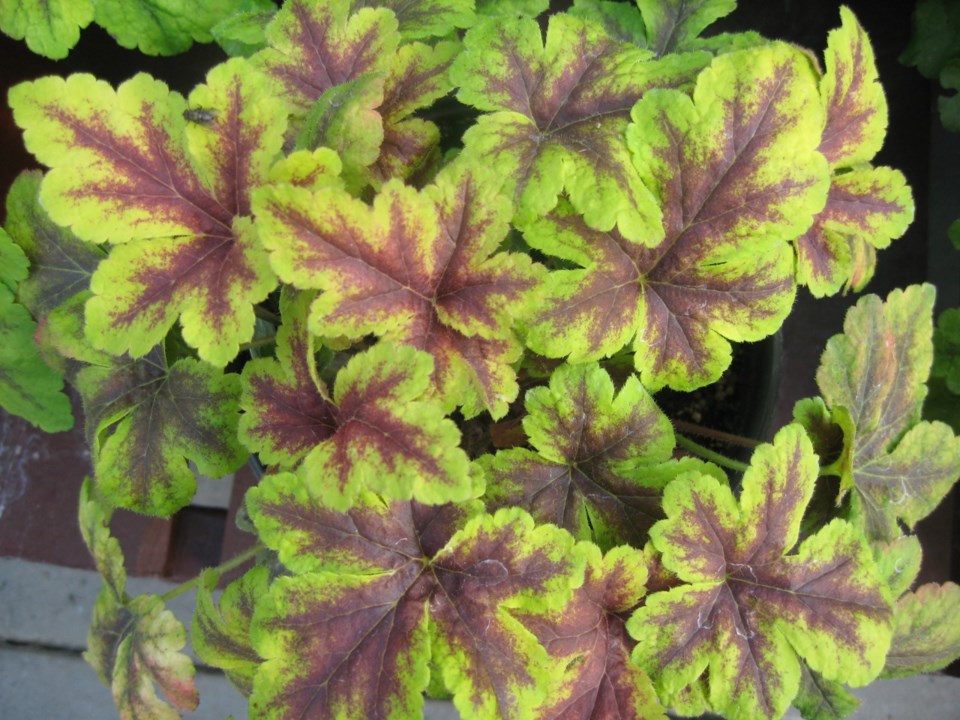The following column was submitted to the Tri-City News from Brian Minter — master gardener, best-selling author, Order of Canada recipient and co-owner of Minter Country Garden Store.
The interest in and use of perennials in our gardens is phenomenal and still growing.
They are a wonderful garden investment, but many folks are missing out on their ability to provide colour almost year-round.
Perennials should be used to create a continuous flow of colour throughout the year. By selecting combinations that include evergreen foliage, long-blooming plants and varieties that bloom at specific times, perennials can provide that lift we all need, even in the winter months.
We should also be using them in combination with other flowering shrubs and conifers for a knockout showing. The idea is to have not only continuous colour, but also stunning highlights all through our gardens. Many also attract bees and butterflies and are quite drought tolerant.
The traditional plantings of white arabis (rockcress), purple aubrieta and yellow Saxatile alyssum, still remain the most outstanding colour combination for early spring.
These plants are ideal as a low ground cover or as border plants.
They also work well in flowerbeds.
To accent these plantings and to keep the colour going, try using heucheras with their rich purple, hot lime, tan or orange foliage, the new bergenias, like ‘Winter Glow’ or the new evergreen euphorbias with their stunning foliage and chartreuse flowers spikes that last for weeks.
Dwarf Iris pumilas do not flower for more than a few weeks, but they are one of the most delightful early spring perennials. Reaching only six to eight inches in height, these unique, early-flowering irises make a fine ground cover, and they often flower again in late fall. Available in white, purple, yellow and blue, they are very attractive used in combination plantings. Surround these irises with silver wooly thyme for an absolute stunning display.
Iberis, (candytuft) is another outstanding white flowering early perennial. Here again, the varieties from cuttings are far superior to the seedling varieties.
Growing only six inches in height, these plants smother the ground in a carpet of white for at least a month. Planted together with deep red heathers, like ‘Kramer’s Red’, or for later colour with ‘Hino Crimson’ Japanese azaleas, both combinations will create long lasting and beautiful displays in an early spring garden. Surround them with low-growing, colourful conifers, like Thuja ‘Rheingold’ for an even more beautiful show or very dark-foliaged heucheras to create a wow display.
Pulmonarias are one of the forgotten garden heroes that we need to rediscover.
Our grandmothers grew these plants, but somehow, we lost interest. Today’s new varieties have lovely silver, mildew-free foliage that will liven up any shady garden or morning sun location. They are evergreen, and as a backdrop for the blue colouring of early crocuses, grape hyacinths and scillas, they are pure magic. Look for varieties like P. longifolia, ‘Majeste’, ‘David Ward’, ‘Excalibur’ and ‘Baby Blue Eyes’.
Originating in Turkey, omphalode is a hardy, beautiful, low-spreading perennial with stunning blue flowers. Omphalode ‘Cherry Ingram’ blooms at the same time as Star magnolias. Together, blue omphalodes and pure white star magnolias make a stunning display in any garden.
There are many, many other early-flowering perennials that are unique.
Now is a great time to visit your local garden shops to see some of the old reliables, as well as a host of new and interesting perennials.
The secret to bringing your garden alive is to blend all your plants into exciting combinations of foliage and flowers that will add interest all year round.





